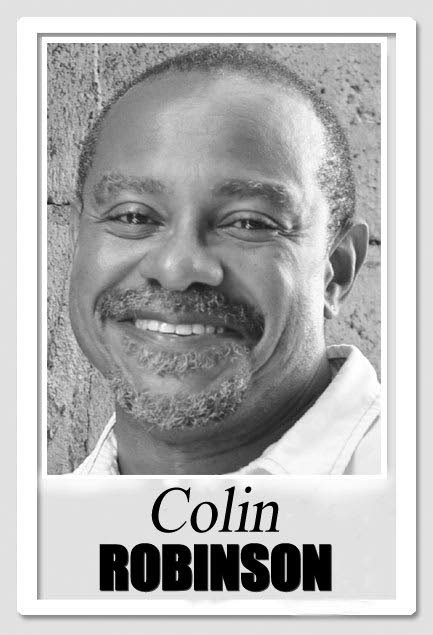Generation, memoir and Independence

I’ve reached the age, equal to the nation’s, that memory no longer produces immediately, when each inquiry for it requires subtraction. I regularly meet the test still of knowing the minuend; what number goes on top of the line. (Though there are exceptions.) And my generation learned mental arithmetic by rote and licks, how to borrow and pay back decimals in our imagination.
But I’ve never mastered instant recall of what I am taking away. My subtrahend always requires some mnemonic for verification. Either: the year after the birth year of my big sister, who was born in the round year with the 0. Or: the year before the birth of the nation, which we are easily reminded everywhere was 1962. So calculating a difference, as I am typically called to do whenever I have to account for my age nowadays, is always a small challenge. Not one of reckoning; but one of remembering what constant I am bringing to the equation.
How we remember, and the strategies we use to do so, vary individually. Many in my parents’ generation anchor their memories of Independence in stories of gathering excitedly to listen to speeches in the University of Woodford Square in the late ’50s. My mother’s were tied to the portable stool she and my father carried. I imagine few owned televisions. And only a choice few could witness the actual scene. So the gritty black-and-white Parliament TV midnight images we have now come to frame as archives of that historic moment were not theirs. I wonder, too, what sums up the different memories thousands of DLP supporters hold of that moment, and how are we holding those in the national imaginary.
For me, as an Independence baby, my childhood offers few symbolic markers of a sense of nationhood. Other than perhaps singing about flaming poinciana and shady immortelle (what underhanded signification was going on there?) in a hot Port of Spain classroom. That period of joyous smallness, of holidays discovering Navet Dam and Los Iros and Parlatuvier, of the perforated hardboard bedroom cupboard doors of a brand new Diamond Vale house, was equally marked by Third Worldness, sedition laws, negative lists, tax clearance.
Home from primary school during the state of emergency, watching fires dot the Diego Martin hills, over the ridge from Teteron, and listening to the pops of gunfire, living through 1970 did little to reshape my engagement as an Afro Saxon child with the idea of the nation. Seven years later, I would fail my CXC history “mock exam” gloriously, regurgitating ideas about Black Power that had travelled through my household, in response to a question on a topic which, although it appeared on the University of Cambridge West Indian History exam earlier that year, had never been taught in my secondary school classroom.
I can only imagine the response of the 20-something-year-old Afro Trinbagonian teacher marking the exam, for whom that period was transformative, reading its depiction by one of the brightest children at one of the best schools.
It’s remarkable to me how the politics of that generation of earnest young teachers who otherwise shaped ours remained masked. Like Charles Applewhaite, my standard four teacher with the huge afro, leather bracelet and sandals who had forced me unwillingly to play sports, and made me gasp when he walked into my second gay party in San Juan in 1980. Charles rebuffed my sexual interest, became my chaperone and guardian in a world where HIV would soon emerge, and made me believe in bisexuals as much as I believed in fairies.
I never imagined that parents, who’d likely sat there on stools in the ’50s, had complained because he walked a few blocks to the same Woodford Square on his lunch hour, to listen to NJAC. Nor could I imagine the buttoned-down, starched-shirted, wing-tipped principal, who hid a cane up his sleeve to surprise discipline on us, would respond to them that what Charles did on his own time was not the Anglican school’s business.
My generational sense of emergent pride-in-nation pivots on a pair of 1976 and 1977 events in Montreal and Santo Domingo, when Hasely Crawford and Penny Commissiong put TT unmistakably on the international map. Most else that remains of a sense of TT growing is hung on a wash of childhood nostalgia.
One iconic image I am sure age has embroidered is of a corpulent woman in bustling downtown Port of Spain, a fixture on the Frederick Street pavement as you rounded Independence Square corner to the premier cloth store, Glendenning’s, opposite the magnificent steel-latticed Salvatori Building, chanting in a rhythm and melody etched in my head: “Ladies’ hangers. Ladies’ hangers. Ladies’ and gentlemen’s hangers”—gendered items, either covered in padding enclosed in pastel-coloured, pleated satin, or hard and cedar-scented, bound together at either end by a glued strip of paper.

Comments
"Generation, memoir and Independence"